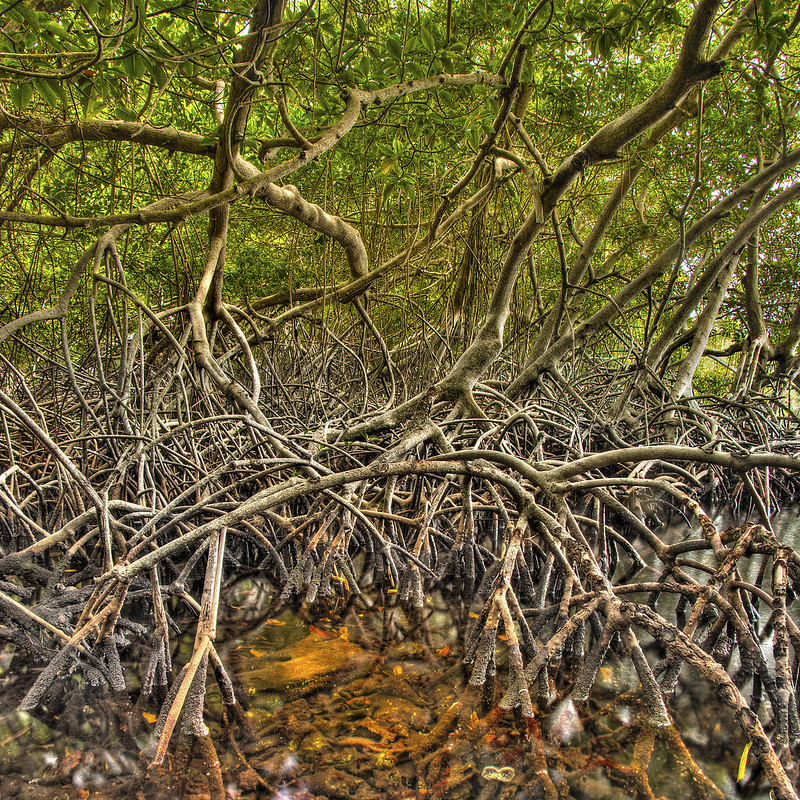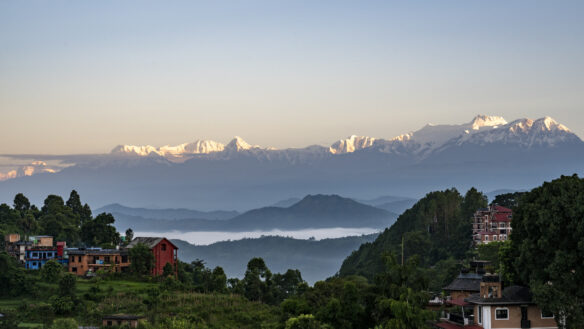Excerpt:
If any single event was a watershed for conservation of the world’s mangrove forests, it was the Indian Ocean tsunami of 2004. The day after Christmas that year, a magnitude 9.1 earthquake thundered along a fault line on the ocean floor with a force that sent waves — some a hundred feet high — surging toward the densely populated coasts encircling the Indian Ocean. The disaster took more than 225,000 lives.
In the aftermath of the tsunami, some scientists reported that settlements behind swampy, shoreline mangrove forests often suffered less damage, and fewer casualties, than areas where the forests had been cleared for aquaculture or coastal developments. Although the mangroves provided only modest protection against such a devastating tsunami, the ordeal was nevertheless a powerful reminder that mangroves can be vital buffers against storm surges, floods and the normal hazards of coastal life.
Many took the lesson to heart: Mangroves had to return.
In several affected countries, nonprofits and government agencies swiftly began planting mangrove seedlings; in Sri Lanka, plantings were made at more than 20 sites around the island’s rim. But when University of Ruhuna botanist Sunanda Kodikara visited those sites between 2012 and 2014, he was shocked to find mangroves regrowing on only about 20 percent of the area planted. Elsewhere, just a few saplings persevered, or none at all. “I saw so many dead plants,” Kodikara recalls. Especially disheartening, he says, was the fact that some $13 million had been spent on the efforts…









